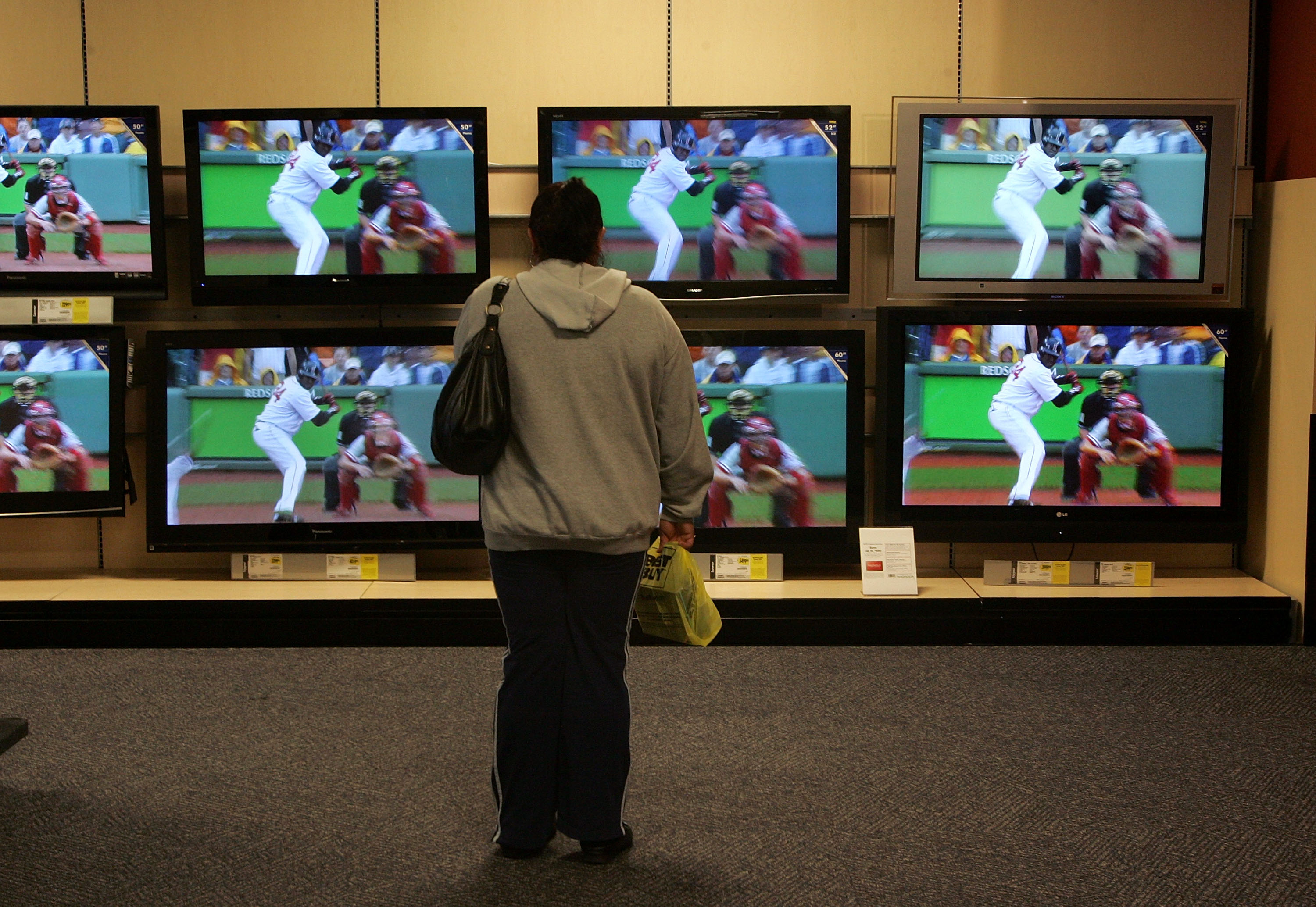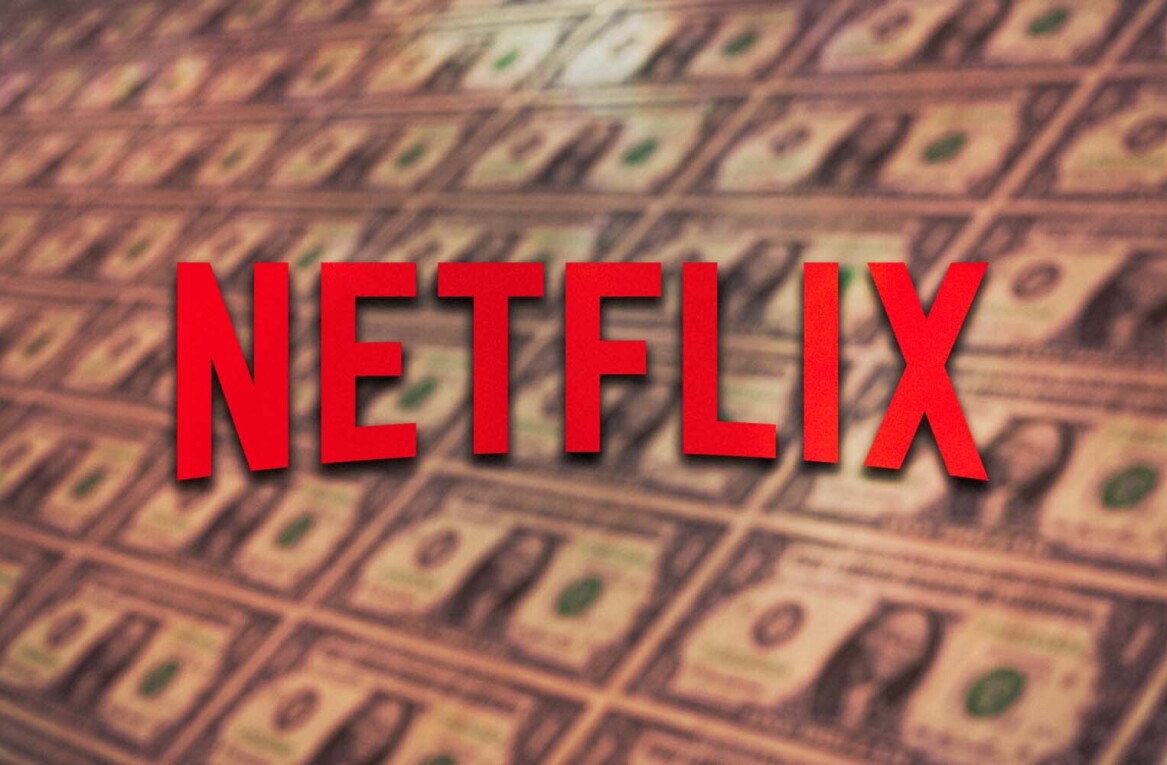
For a while, it seemed like live streaming was going to be the future. Social media platforms like Facebook introduced a way for people to share their experiences in the moment, and some dedicated streaming platforms arose purely to satisfy the world’s demands for live streaming. Now, a variety of technical limitations, content problems, and user preferences are pressuring major tech companies to give live streaming a major overhaul. The question is, will this be enough to maintain live streaming’s trajectory as a visual medium of choice in the online world?
Defining live streaming

First, note that “live streaming” is a somewhat generic term that could refer to a number of different platforms and formats. For our purposes, we’re using live streaming to refer to social platforms allowing individual users and brands to stream live video and audio to an audience of followers and connections. We’re not referring to professional broadcasting, which is something some social brands are pursuing.
The content problem
The biggest problem with live streaming is with the content that people choose to stream. When a user uploads a file to a platform, the technology can run it through a series of checks to ensure it meets quality standards (i.e., it doesn’t contain violence, sex, criminal activity, etc.) and take it down if it fails to meet those standards. But live streaming can be much harder to anticipate.
There’s a growing Wikipedia article dedicated to listing horrific crimes that were live streamed on social media, and they’re just the tip of the iceberg; other instances of sexual assault, violence, and petty crimes are rampant on the platform. Just to get an idea of what kind of content slipped through the filters, there was the stream of 12-year-old Katelyn Nicole Davis hanging herself after revealing she’d been abused by a relative. There was the torture of a man with a mental disability by two men and two women. There was the mass murder shooting at a Jacksonville eSports tournament. And more recently, the Christchurch mosque shootings were streamed on Facebook Live.
This is problematic for a number of reasons. People don’t have immediate control over what content appears in their newsfeeds, which means potentially millions of people could inadvertently see this horrific content, including children and people with PTSD whose symptoms could be triggered by such content. It also negates the possibility of protecting the privacy of victims or other people involved; in a worst-case scenario, a user could witness the live death of a loved one. Then there’s the copycat issue. While evidence is limited showing that people exposed to violent content are more likely to commit violence in their own lives, it’s well-established that media coverage of suicide can lead to a major spike in suicide cases. And it’s reasonable to think that the motivation for many live-streaming criminals comes from wanting the extra attention; seeing people achieve that attention can encourage that feeling to develop in others.
The possibility for moderation

Increased moderation could be a potential solution for at least some of the content issues, and many individual strategies have been proposed. For example, some have proposed issuing a delay to live broadcasts, much in the way that sporting events and award shows are sometimes put on a delay; that way, someone can intervene if a problematic action is caught on video.
Others have suggested there be a requirement that social media platforms disallow live streaming for users under the age of 18, or at least require them to be viewed on a 12-hour delay (because we all know age-restricted content on the internet is easy to enforce). Still others have suggested an increase in moderation by both AI agents, created to detect instances of violence, and human moderators.
Migration and niche demand
Criminal content isn’t the only problem for live streaming. Some streamers are already noting that their platforms of choice are disappearing—or resulting in dwindling viewer numbers. Just a few of the live streaming-focused platforms that have faded away include Meerkat, Stickam, and Periscope (which technically got rolled into Twitter). And major social media platforms are finding it difficult to sustain demand for live streaming. For example, even the sensationalist content wizards at BuzzFeed have been having difficulty achieving success with Facebook Live. Instead, they’ve migrated to Twitch, a live streaming platform that’s found massive success because of its unique focus on gaming (though they’ve recently been developing an “IRL,” in real life, category for non-gaming related content).
Twitch has been successful in part because it didn’t treat live streaming as a natural evolution of general social media interactions. Instead, it created an entirely new niche, and specialized in that niche. Now, because of its popularity, and because audiences use the platform expecting a certain type of content, more content creators are turning to it for their streaming needs.
Twitch isn’t exempt from the content problems that plague streaming, however. In fact, it was Twitch that streamed the eSports tournament shooting in Jacksonville. It also opens the door to some issues of its own. Twitch has become a hub for content creators who want to achieve some level of fame by (for the most part) staying in their bedrooms, but while it’s easy to set up and manage a live stream, it’s incredibly difficult to grow an audience to sustainable income-generating proportions.
The end result is streamers who spend endless hours in front of the camera, with their mental and physical health deteriorating in the process. That’s not even mentioning the high-profile drama that arises whenever one popular streamer denounces another, or when an offhand comment turns into trolling, harassment, or outright abuse from loyal viewers.
Finding the balance?

There are good and bad outcomes from every technological development, but live streaming seems to be in a horrible place after many years of multiple companies trying to figure out the model. Violent content is a major issue, brands and individuals are having a hard time generating a consistent viewership, and even a consistent viewership can be plagued with issues due to the loyalty, anonymity, or fickleness of the viewers. Twitch is the only platform that’s found real, consistent success with live streaming, but it’s far from a perfect environment for content creation.
Live streaming can’t be fixed with a single improvement, like a new law or new forms of moderation. But it’s also not destined for failure. There’s much promise for the content medium’s future potential, but it’s in dire need of a serious overhaul, with a new platform, new modes of distribution, and better foresight into what could go wrong.
Get the TNW newsletter
Get the most important tech news in your inbox each week.




